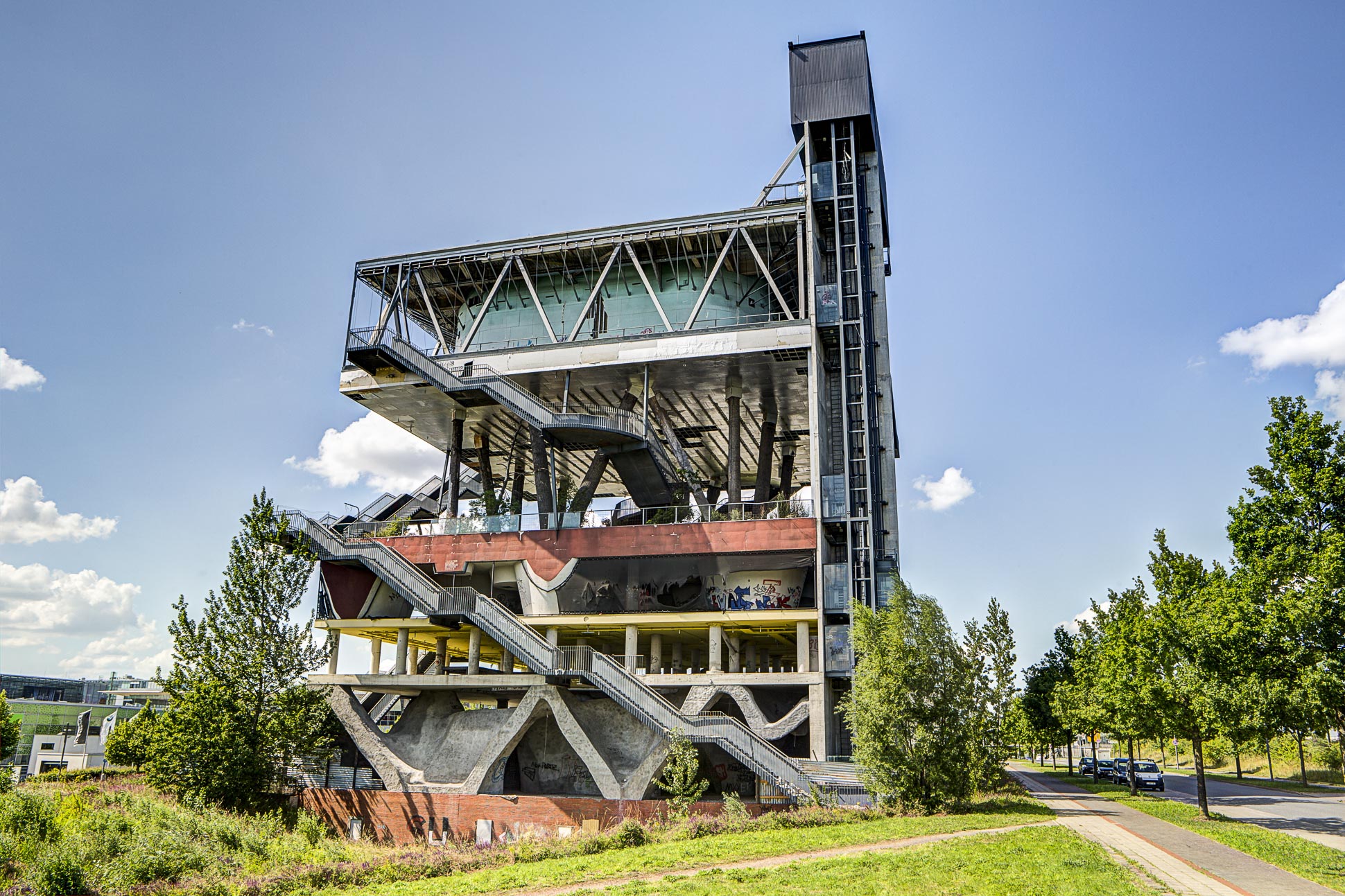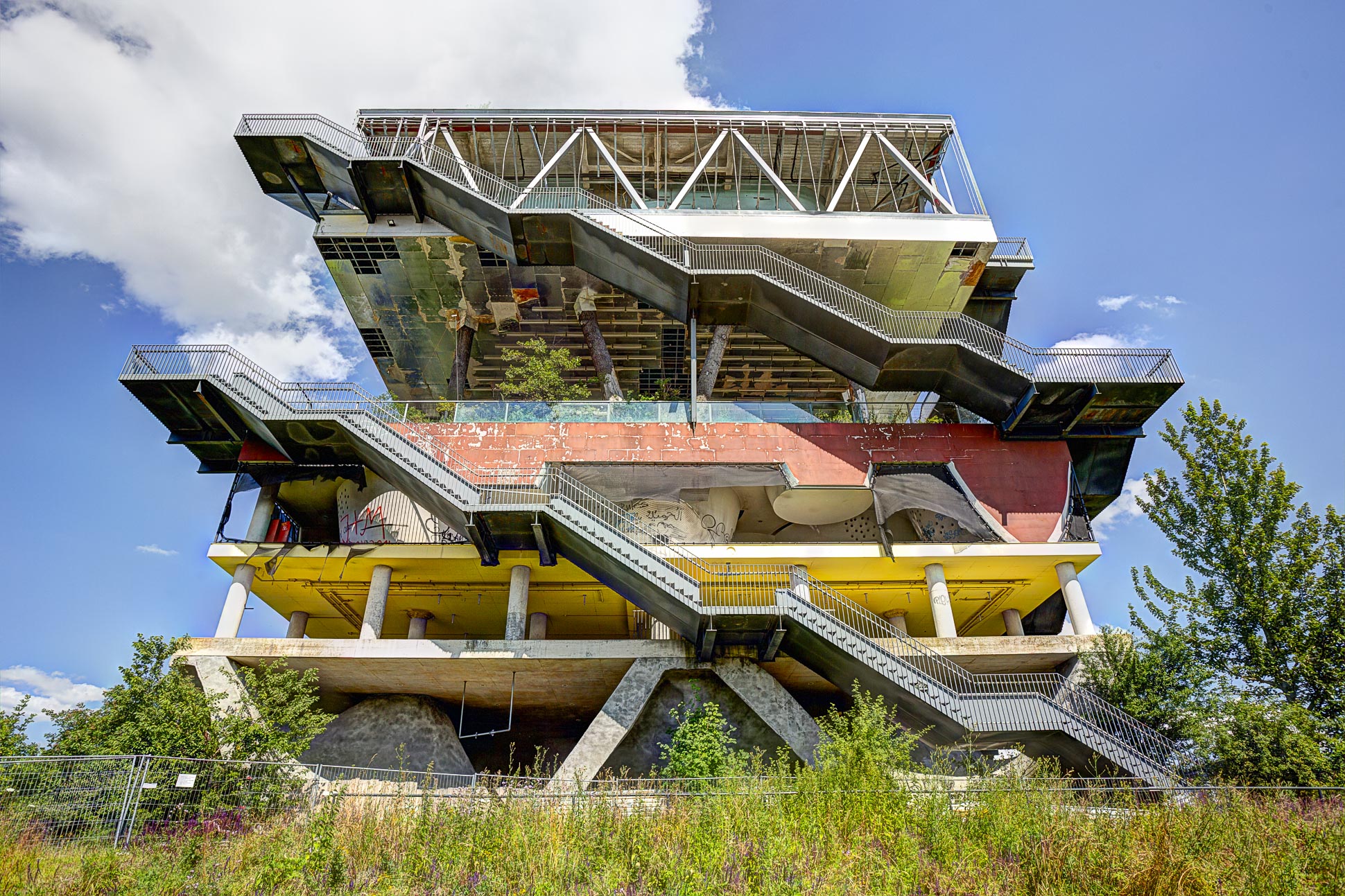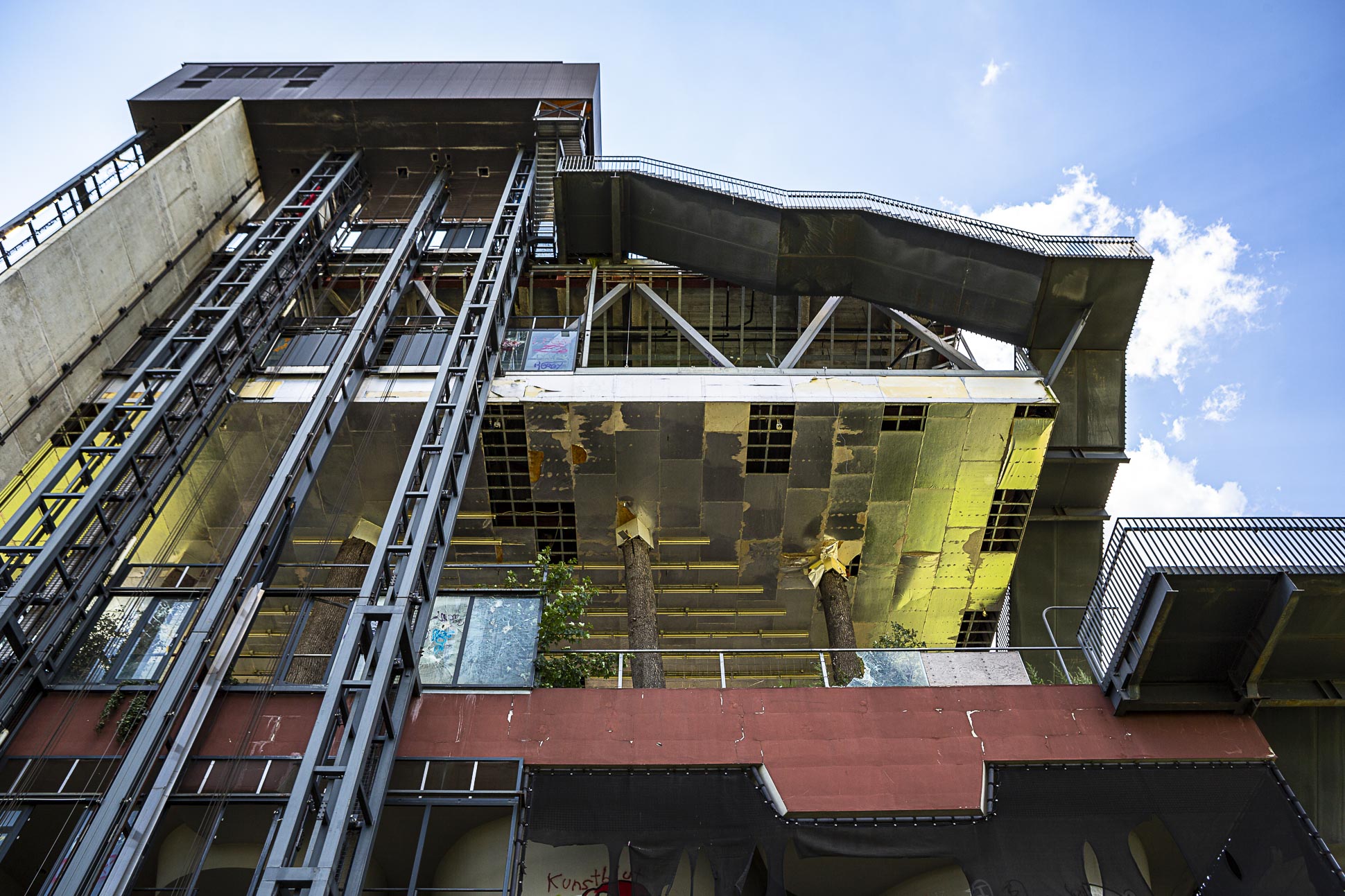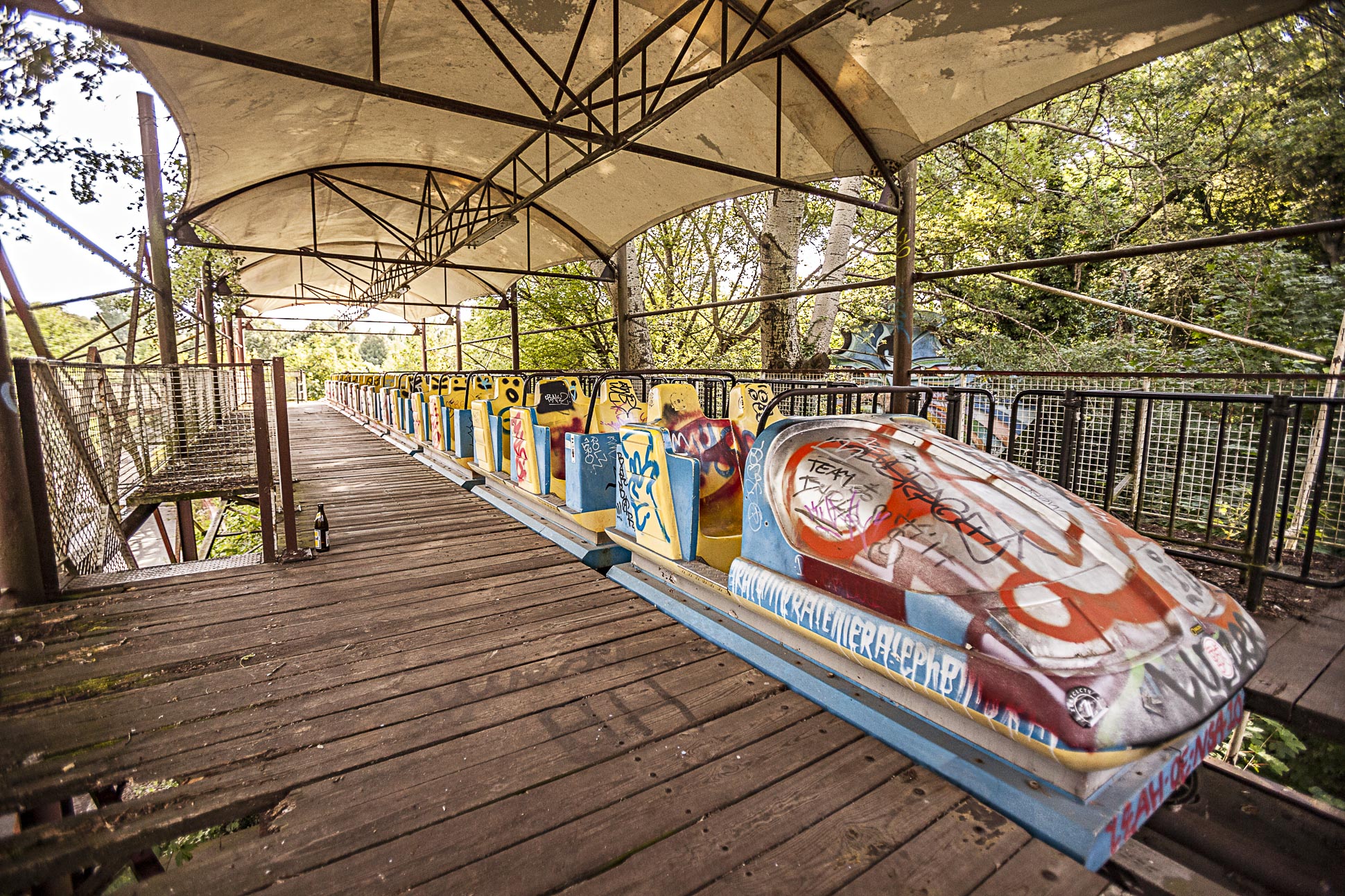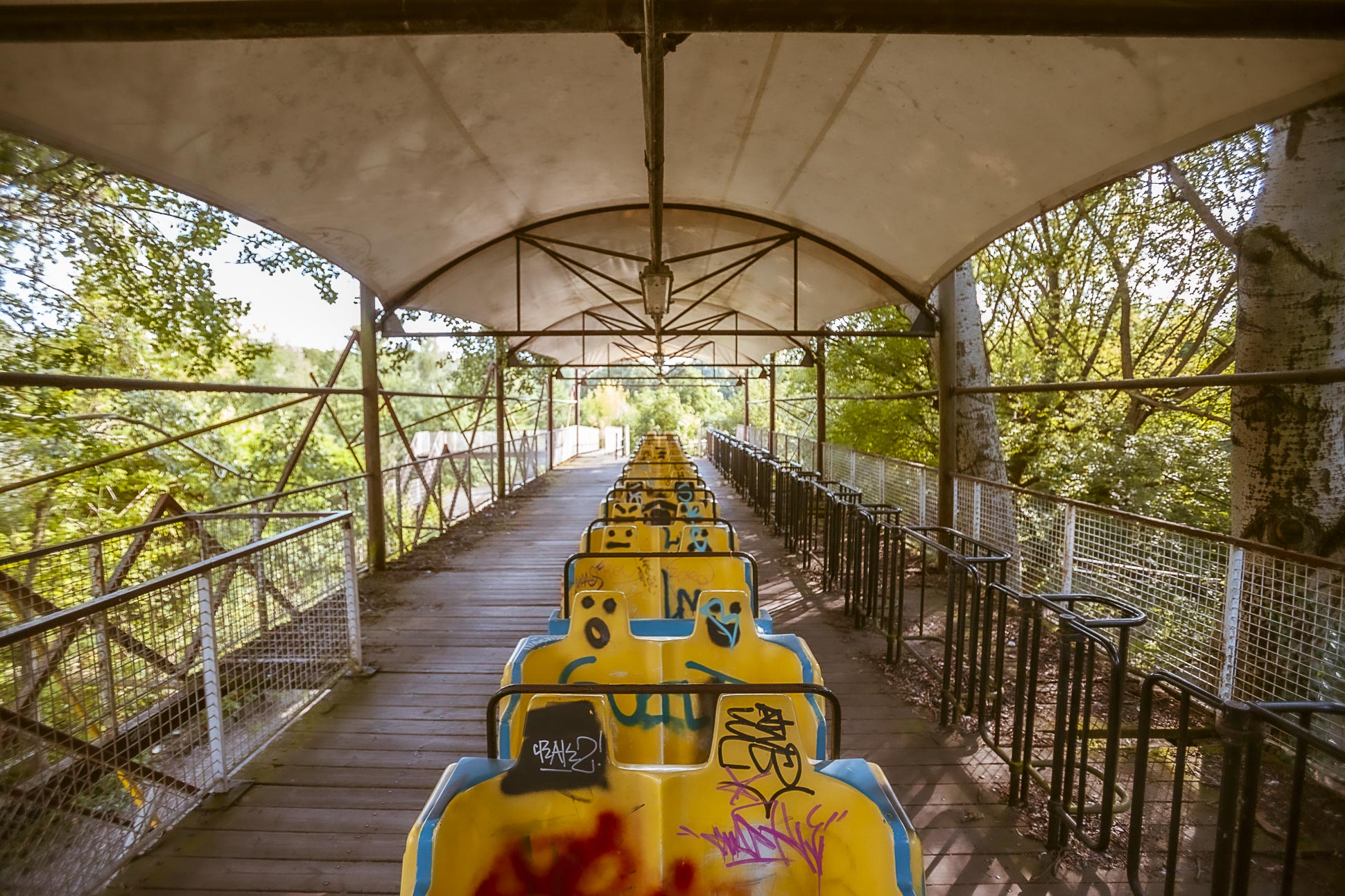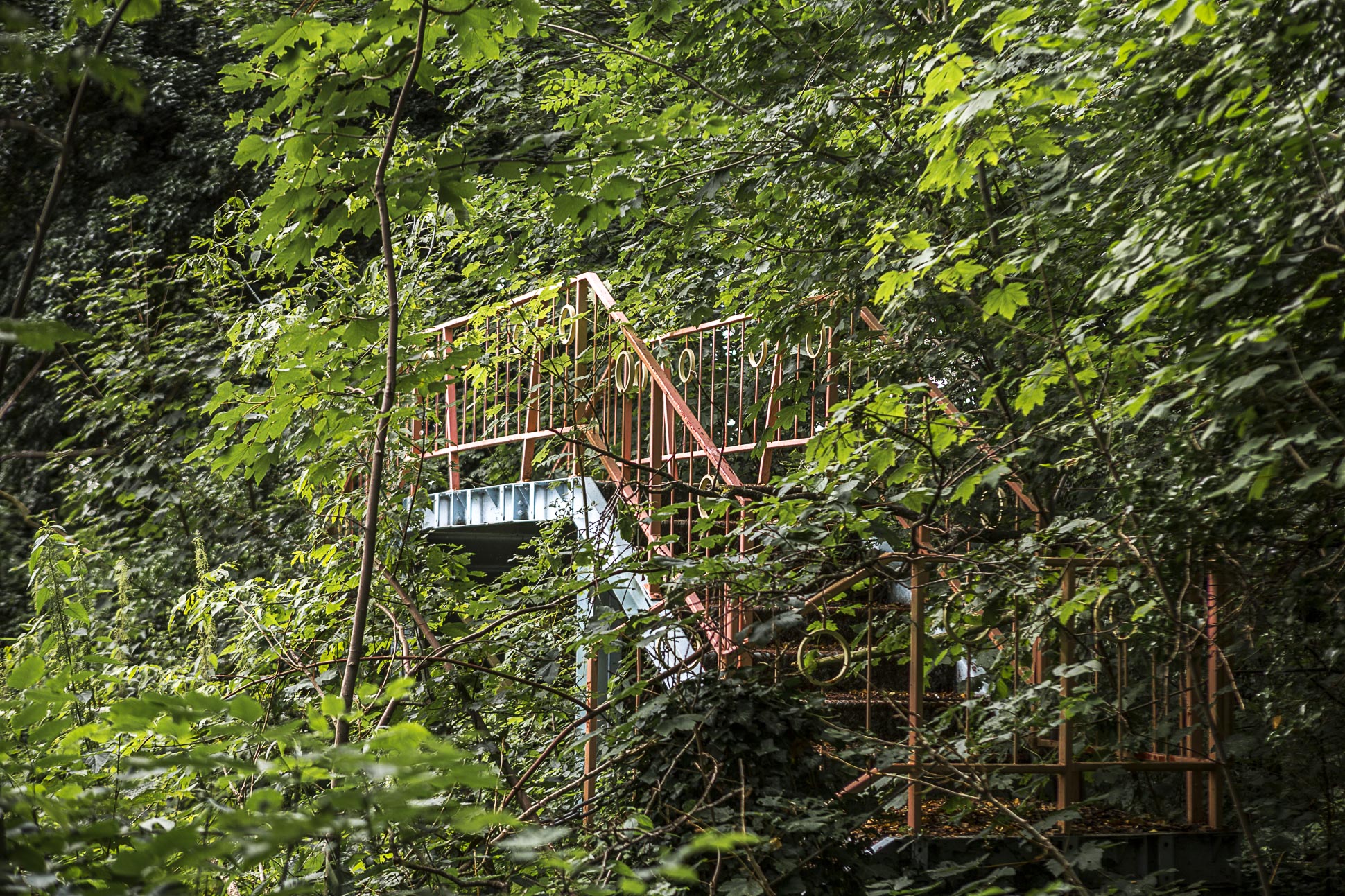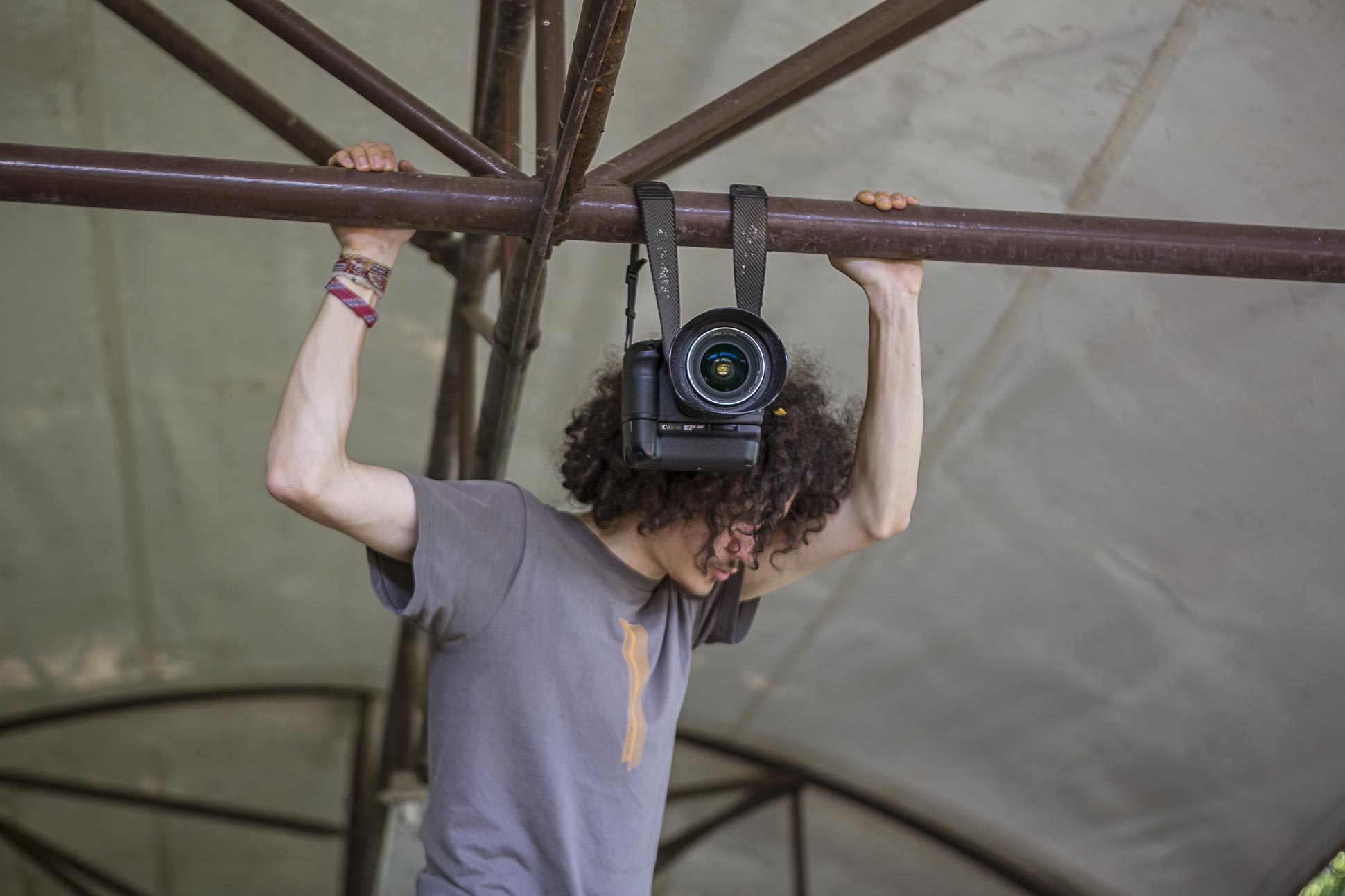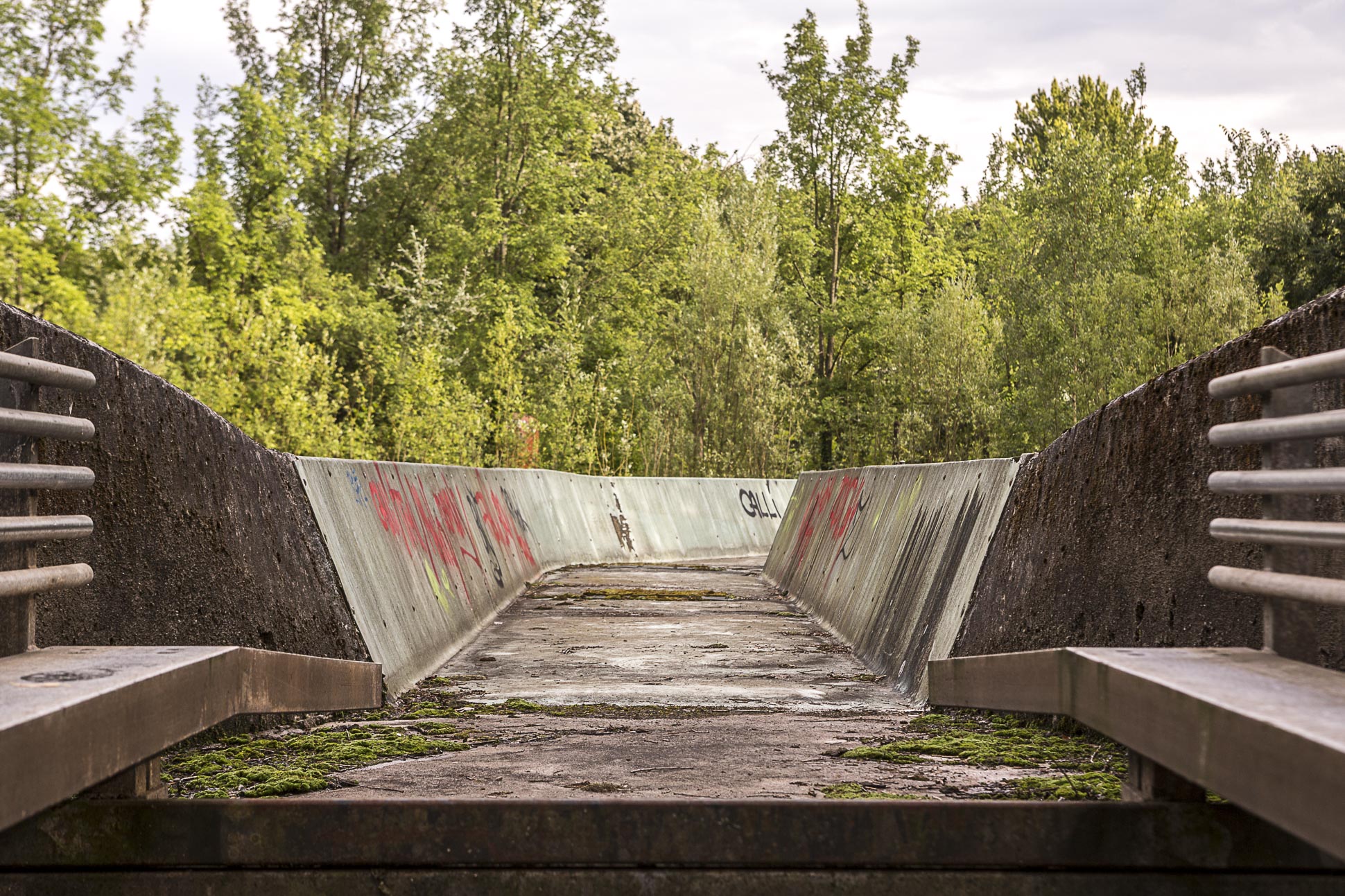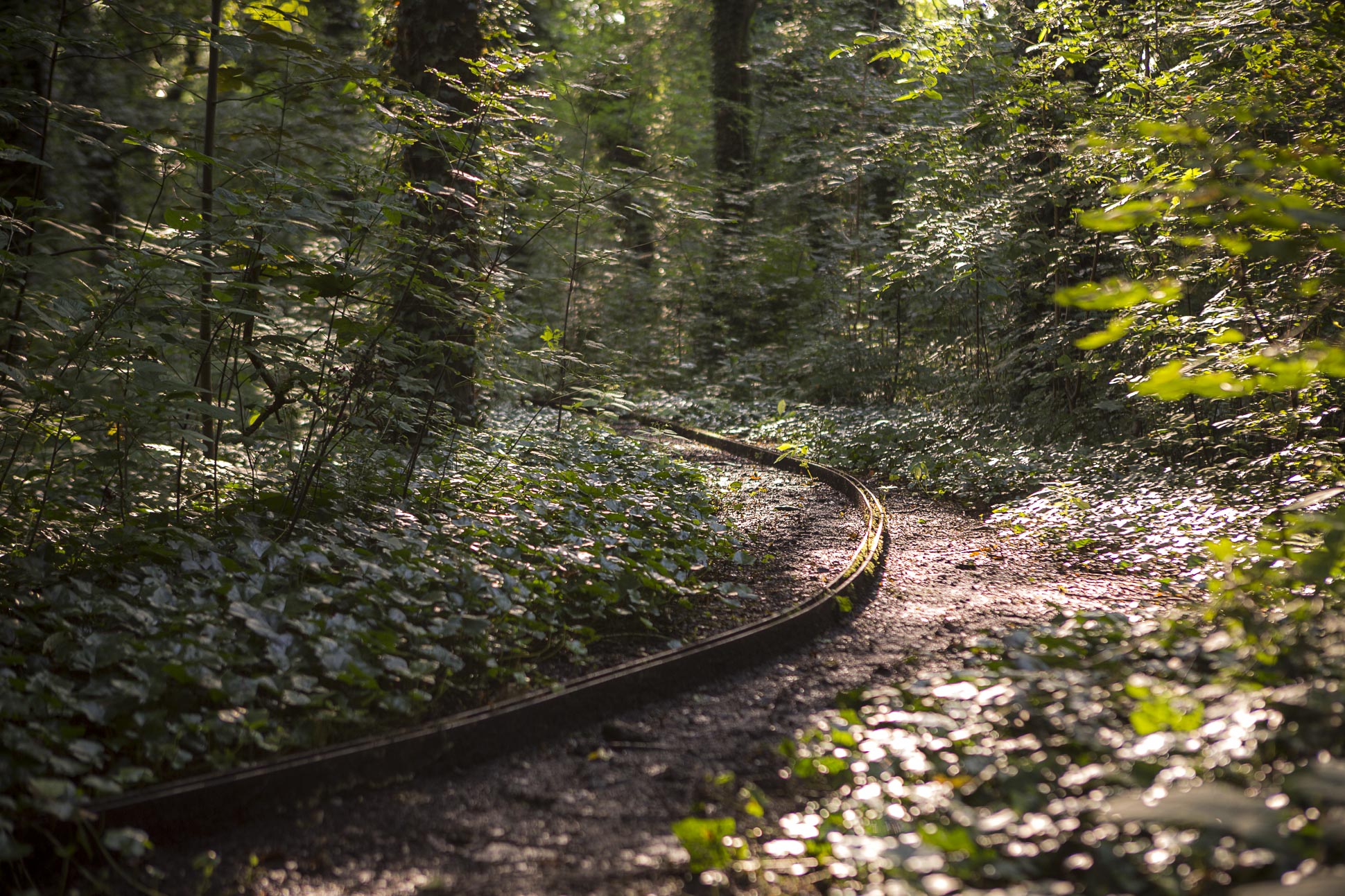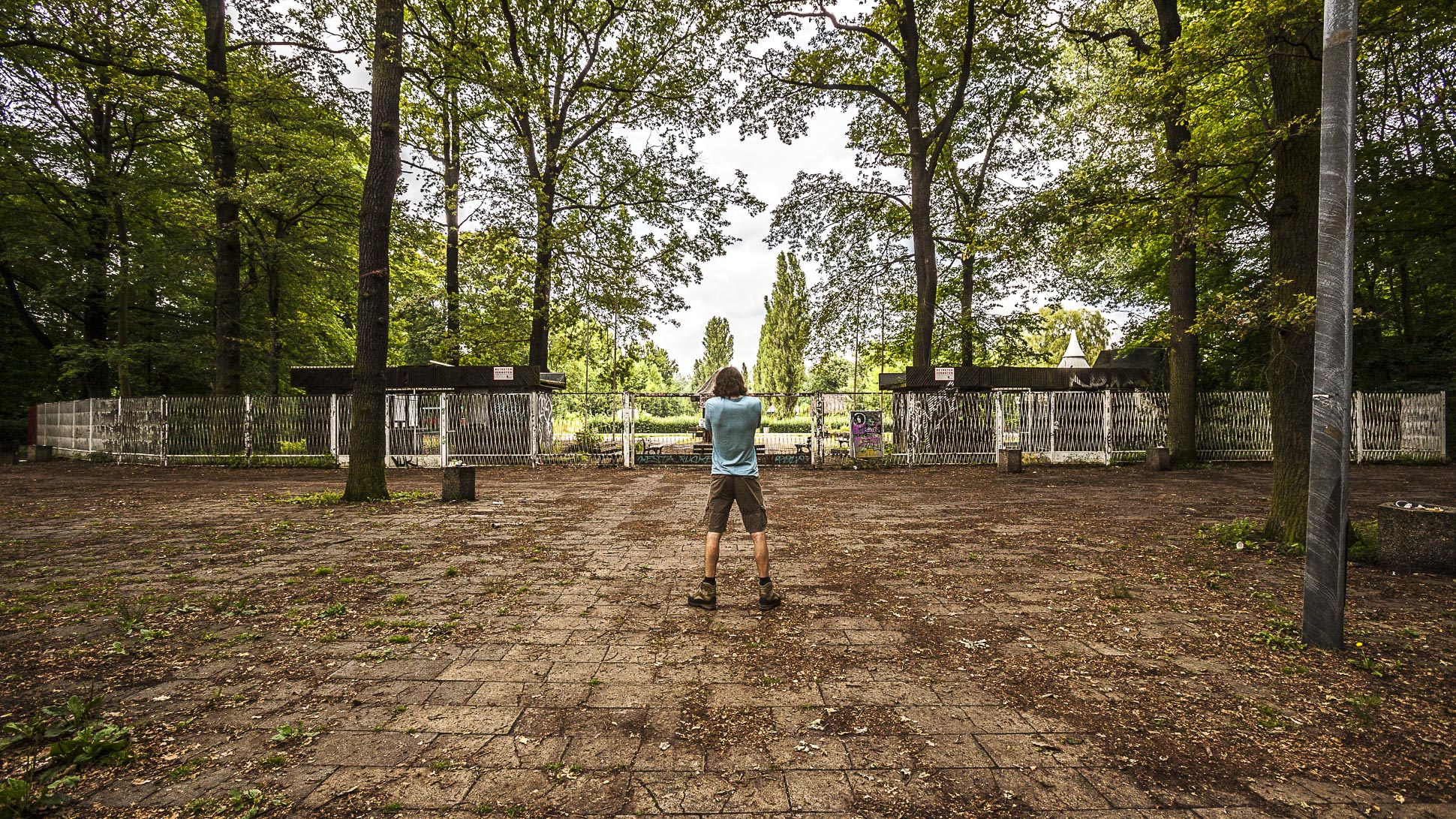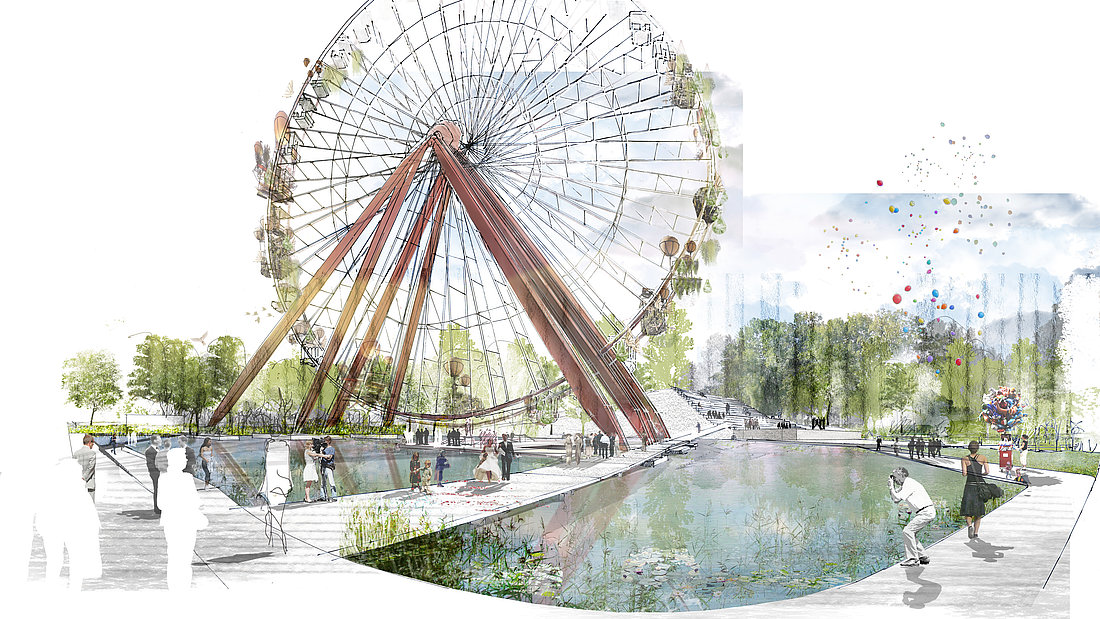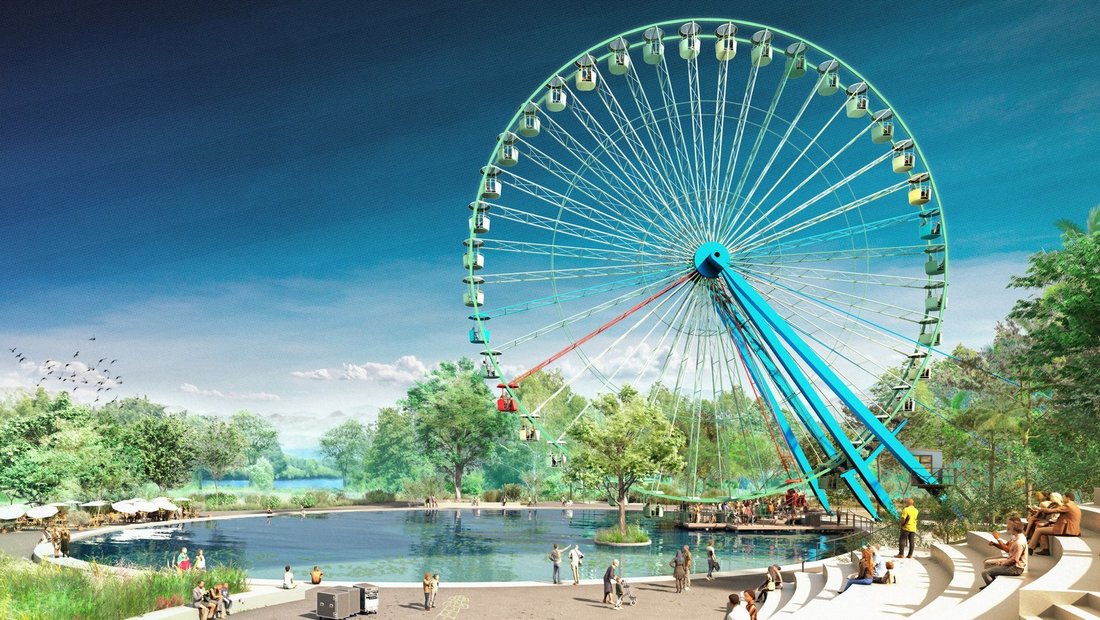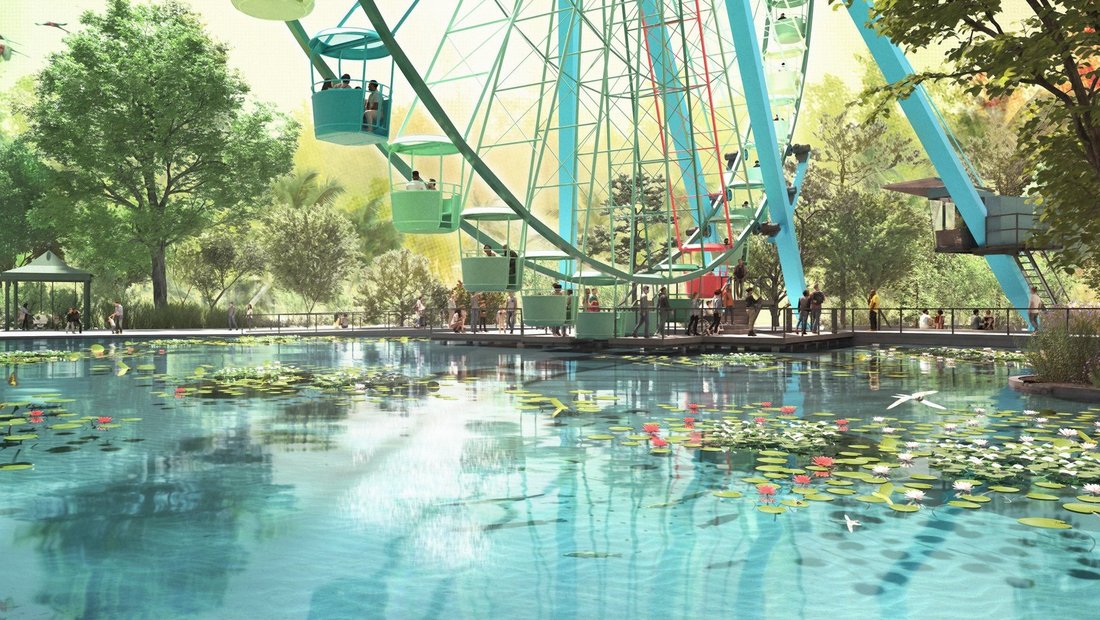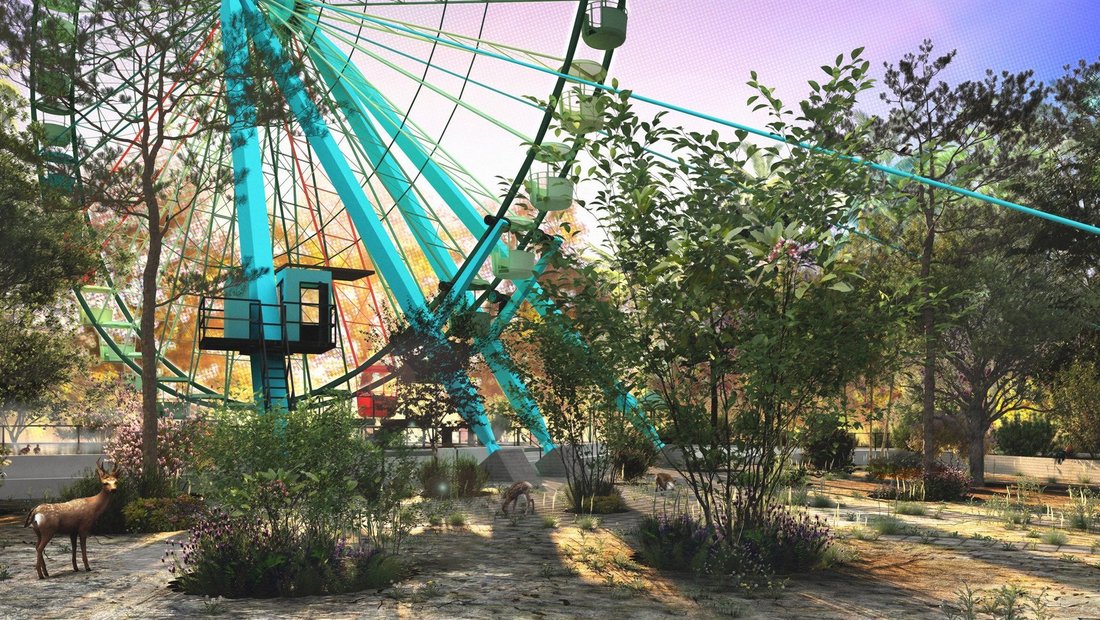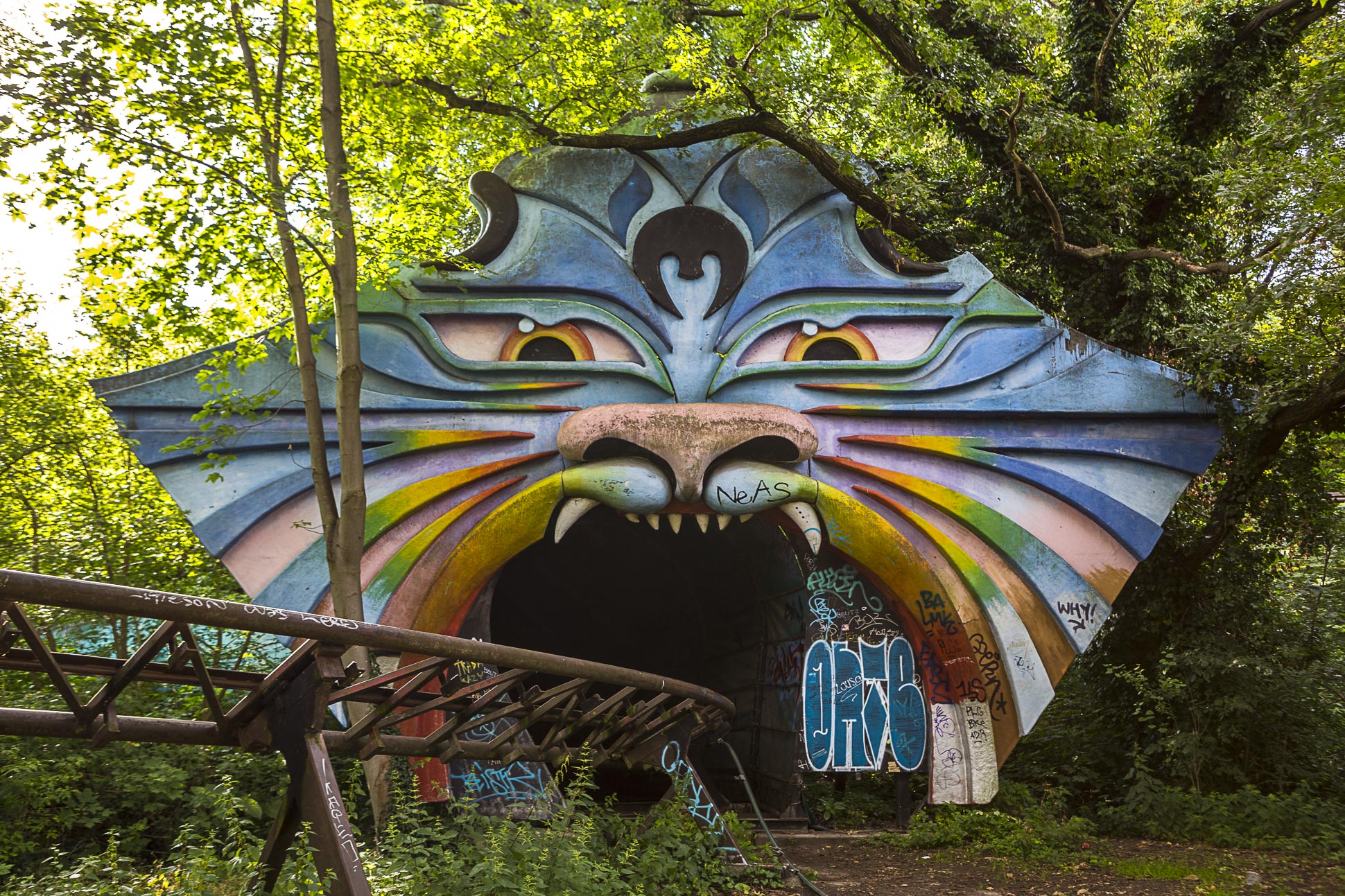
Preserving History – Remember The Time When People Grew Mushrooms Underground In Belgium
Preserving History – Remember The Time When People Grew
Mushrooms Underground In Belgium?
By Alan & A Good Friend | A Belgian Duo
A Good Friend
And not just a friend.
It wasn’t just by coincidence that we met in the first place! We were as a matter of fact working for one and the same company, although not at the same office and only 65 kilometers away we did got to know each other after all.
It was because of the internal magazine from ENGIE Axima that brought me to him. I mentioned my love for urban exploration and this meant that I had another friend to explore abandoned places with. Yay! 😃
He, the person in question, wrote me an email with subject: Vu dans le Blablaxi, date: 19 September 2011, and even pictures from his favourite explores.
Quote: “Salut collègue.
Désolé mais je ne parle pas un mot de flamand, mais si tu veux que je te parle en anglais, je devrais pouvoir me débrouiller.
Tout ça pour te dire que une de mes passions c’est la photo industrielle (genre site derelicta ou forbidden places) et aussi la photo nocturne en pose (de sites abandonnés ou d’industries métallurgiques).
Une autre c’est la visite de mines souterraines (avec mon appareil photo bien sûr).
Je ne faits quasi plus de varappe mais j’aime encore bien faire une belle descente en rappel ou une via ferrata et bien sûr de la randonnée à la journée.
Bien a toi et serai heureux de te rencontrer à la remise des vœux de Pissens au mois de janvier.”
He became my tutor when it came down to knowledge, he knew so much about all these derelict places. Places like military bunkers from WOI and WOII, as well as industrial plants like steel manufacturing sites.
Really! Thank you! I mean, I felt so honored that someone out there at the other side of Belgium read my short interview presenting myself in the internal magazine of the company. It was crazy and I was so psyched. And that even in another language!
My hobby wasn’t so famous as it later became and photography isn’t a practice that gets a lot of attention as well. Although it should get more rewarded and respected because to me a photo isn’t just a photo. It is a moment or object or anything really captured on camera which could potentially freeze time forever.
Photography is magical as these captured photos can be picked up again from the (dusty) shelve or from your hard drive on the PC and you can look at them for hours to come where beautiful memories can be brought back to life once again.
One can make a photo album or print a picture and hang it on the wall or even use it as your favourite background on your PC or smartphone.
To me taking photos means protecting any kind of memory in time stored forever in the palm of your hands.
Underground
Why we want to explore beneath our surface?
It can perfectly being said that we humans have built many things on our planet, both above ground and underground. For all sorts of reasons we have considerably altered the face of our surface, be it in a good or bad way, we changed it according to our needs, experiments, unfortunate events or bad habbits. You name it, we changed it and it can’t always be undone.
Above ground it’s easy, we only need to keep in mind that gravity is a real thing.
Underground there’s also gravity, but also other things to keep in mind. The soil can be wet, cold, hot, muddy, dry, it can even shake and collapse which could leave huge sinkholes all the way to the surface.
This time I will talk more in depth about underground activities and why they can be very beneficial to us.
Resources
Mother Earth is a resource-rich planet which could serve our needs for many years to come, although sometimes these vulnerable resources are rather hard to reach or difficult to extract and process.
Today, I will bring you only a handful of meters below the surface where massive mazes of human activity carved their memories in the ground for a lifetime to come.
Belgium is rich in chalk, clay, pig iron and many more resources from the underground world. We explored just a small fraction of what once was a very big booming industry of mining.
Although I do am very satisfied with the chance of being stood there, under the surface away from the sun, for just a couple of hours. This experience was already enough to fulfil my dreams as an urban explorer.
The Brick
QuarryMushrooms
Why growing mushrooms underground?
Industrialization brouth people to the cities where work was and where people could earn enough to support their hungry families in the countryside. Today isn’t any different. We have our cities and farmlands and for some it is a beautiful sanctuary somewhere in a hot place where they work an online job and can relax at the same time. Today and in the future we’re growing towards a digital online world, but for most of our products we still need agricultural and industrial factories. Aren’t we right?
Meanwhile underground everything was empty and excavated by many men. Rock formations were split open by either dynamite, immense machinery or hand-crafted tools and these tunnels formed huge underground galleries which eventually could still be used as a second purpose.
And so these quarries were also considered practical for growing mushrooms. Rows of mushroom beds were made with the help of horse poo or compost as a fertiliser and in the picture below this practice can still be found today.
Underground
NetworkRediscovering Possibilities
What are we going to rediscover?
Managed quarries
To my surprise there was still active water pumping going on in some visited quarries, of course, otherwise the quarry would have been completely flooded by rainwater. If it were flooded the mine wouldn’t be still accessible to us.
Although these mines are actually forbidden to enter, I was guided by an expert who explored many mines before. Deep underground and open-pit ones alike.
We knew what we were doing and we did it carefully.
So, what did we rediscover?
The Rediscovery
Equipment was in some of them still there and ready to use at any given moment. Fresh truck tracks leading in the angled mine were a sign of recent life inside this rocky cave where water was being pumped out.
These scenes gave us beautiful pictures as a result.
Small lakes can be seen here and we remind you to not dare to take a swim in it as it can be very cold water and it isn’t the best water to swim in.
Small volcanoes under the water can be seen, which was a very cool sight, I admit.
The crystal clear water was perfect to photograph and the ground beneath it could be seen from afar.
Be sure to bring enough light in case you want to enter this exquisite underground maze of tunnels!
A Greener
FutureA Greener Future
Nobody wants a dark future! Right?
Ecological struggle
Currently, there are only a handful of small start-ups that invest their piggy savings 🐖 into greener and more efficient life-oriented industries like farming and transportation from the farm field to the consumer.
How hard we’re all trying to conquer the ecological strugle this world comes with, we can only do even more to help protect us from our doomsday that might come sooner rather than later.
Although we’re not trying to be less optimistic here, we’re supporting businesses who try to make our lives better. And so can we!
But how?
By supporting local produce or growing your own vegetables and fruits. Yes, this is possible and completely safe to do, plus you help our beloved planet to survive even longer. It’s a win-win situation for you and us.
Take this amazing company for example, PlantLab 🌱, a startu-up business from The Netherlands is doing everything it can to go global and they’ve reached the US with one plant launched in December of 2020.
They are doing an amazing job 😊
© PlantLab ‘s-Hertogenbosch, The Netherlands
GO GREEN or GO HOME
How are we helping?
One of us, that’s Alan, loves to read about all things with better environmental impact which could only benefit us in the right way possible.
Yes, friends, there are solutions to our global threats out there. We only need to go big on this one and we will succeed! 💪
The answer to this is BAMBOO.
We understand and know it grows like crazy, we have tested this ourselves and have proof. There is an extensive blog about this in the making!
Benefits of bamboo
One can manage without eating flesh; but one cannot manage without the bamboo.













